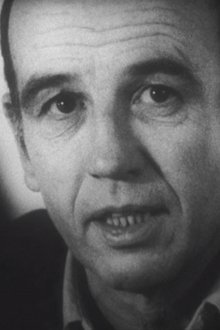Wonders of the Arctic 3D centers on our ongoing mission to explore and come to terms with the Arctic, and the compelling stories of our many forays into this captivating place will be interwoven to create a unifying message about the state of the Arctic today. Underlying all these tales is the crucial role that ice plays in the northern environment and the changes that are quickly overtaking the people and animals who have adapted to this land of ice and snow.
Related Movies
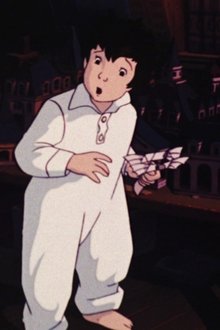
Little Nemo: Adventures in Slumberland Pilot 2 (1984)
The second of three pilot shorts that eventually became the 1989 movie Little Nemo: Adventures in Slumberland.
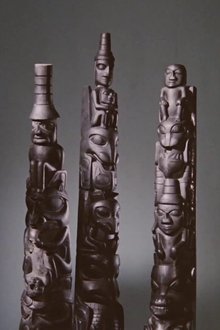
Haida Carver (1964)
On Canada's Pacific coast this film finds a young Haida artist, Robert Davidson, shaping miniature totems from argillite, a jet-like stone. The film follows the artist to the island where he finds the stone, and then shows how he carves it in the manner of his grandfather, who taught him the craft.
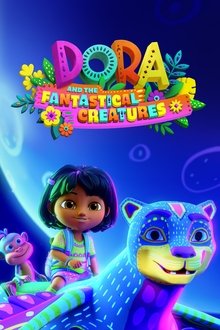
Dora and the Fantastical Creatures (2023)
Dora and Boots embark on an incredible adventure to the land of alebrijes, the most magical and colorful creatures in the rainforest. There, they must band together against Swiper to save the beloved alebrijes and their Copal Tree Celebration.
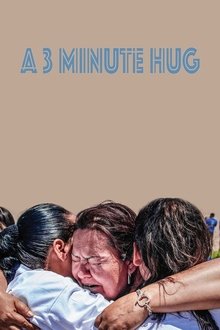
A 3 Minute Hug (2018)
As daylight breaks between the border cities of El Paso, Texas, and Juarez, Mexico, undocumented migrants and their relatives, divided by a wall, prepare to participate in an activist event. For three minutes, they’ll embrace in no man’s land for the briefest and sweetest of reunions.

The Arrival of a Train at La Ciotat (1896)
A group of people are standing along the platform of a railway station in La Ciotat, waiting for a train. One is seen coming, at some distance, and eventually stops at the platform. Doors of the railway-cars open and attendants help passengers off and on. Popular legend has it that, when this film was shown, the first-night audience fled the café in terror, fearing being run over by the "approaching" train. This legend has since been identified as promotional embellishment, though there is evidence to suggest that people were astounded at the capabilities of the Lumières' cinématographe.
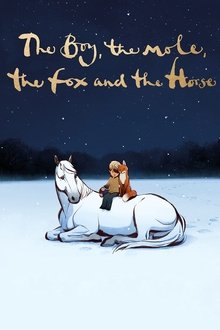
The Boy, the Mole, the Fox and the Horse (2022)
The unlikely friendship of a boy, a mole, a fox and a horse traveling together in the boy's search for home.
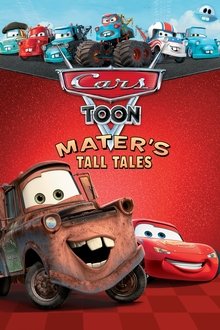
Cars Toon Mater's Tall Tales (2010)
Mater the tow truck travels from country to country as he retells his infamous but unbelievable stories.

Toronto Jazz (1963)
Toronto is regarded as the third largest jazz centre in North America. This film features a cross-section of jazz bands of that city: the Lenny Breau Trio, the Don Thompson Quintet and the Alf Jones Quartet. Their styles show creative self-expression, hard work, and improvisation.

Font Men (2014)
You've never heard of Jonathan Hoefler or Tobias Frere-Jones but you've seen their work. They run the most successful and respected type design studio in the world, making fonts used by the Wall Street Journal to the President of the United States.
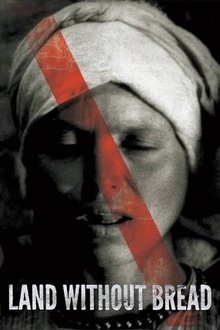
Land Without Bread (1933)
An exploration —manipulated and staged— of life in Las Hurdes, in the province of Cáceres, in Extremadura, Spain, as it was in 1932. Insalubrity, misery and lack of opportunities provoke the emigration of young people and the solitude of those who remain in the desolation of one of the poorest and least developed Spanish regions at that time.

Predator (1987)
A team of elite commandos on a secret mission in a Central American jungle come to find themselves hunted by an extraterrestrial warrior.

Fanalysis (2002)
Actor/cult icon Bruce Campbell examines the world of fan conventions and what makes a fan into a fanatic.
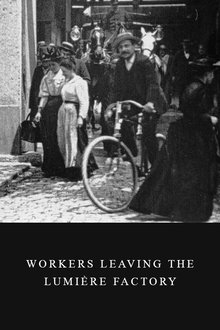
Workers Leaving the Lumière Factory (1895)
Working men and women leave through the main gate of the Lumière factory in Lyon, France. Filmed on 22 March 1895, it is often referred to as the first real motion picture ever made, although Louis Le Prince's 1888 Roundhay Garden Scene pre-dated it by seven years. Three separate versions of this film exist, which differ from one another in numerous ways. The first version features a carriage drawn by one horse, while in the second version the carriage is drawn by two horses, and there is no carriage at all in the third version. The clothing style is also different between the three versions, demonstrating the different seasons in which each was filmed. This film was made in the 35 mm format with an aspect ratio of 1.33:1, and at a speed of 16 frames per second. At that rate, the 17 meters of film length provided a duration of 46 seconds, holding a total of 800 frames.

Kotyhoroshko (1970)
The dragon Horynych attacks ordinary Ukrainian village residents. He takes young men and women, leaving only senior villagers. But a young boy named Kotyhoroshko decides to confront the dreadful Dragon. First, he needs to get appropriate weapons and call his friends warriors…
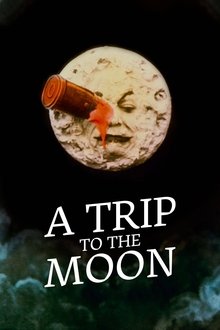
A Trip to the Moon (1902)
Professor Barbenfouillis and five of his colleagues from the Academy of Astronomy travel to the Moon aboard a rocket propelled by a giant cannon. Once on the lunar surface, the bold explorers face the many perils hidden in the caves of the mysterious planet.

Night and Fog (1959)
Filmmaker Alain Resnais documents the atrocities behind the walls of Hitler's concentration camps.

It Is Not the Brazilian Homosexuals Who Are Perverse, But the Situation in Which They Live (2021)
Two queer Brazilians go skinny dipping in a lake where they talk about love, sex, colonialism and migration, on a pandemic summer afternoon in Berlin.

Del mero corazón (1979)
A lyrical journey through the heart of Chicano culture as reflected in the love songs of the Tex-Mex Norteña music tradition. Performers include, Little Joe & La Familia, Leo Garza, Chavela Ortiz, Andres Berlanga, Ricardo Mejia, Conjunto Tamaulipas, Chavela y Brown Express and more.

